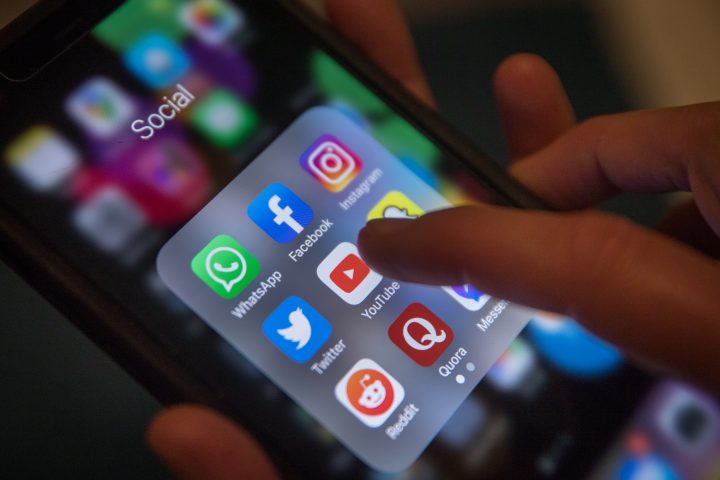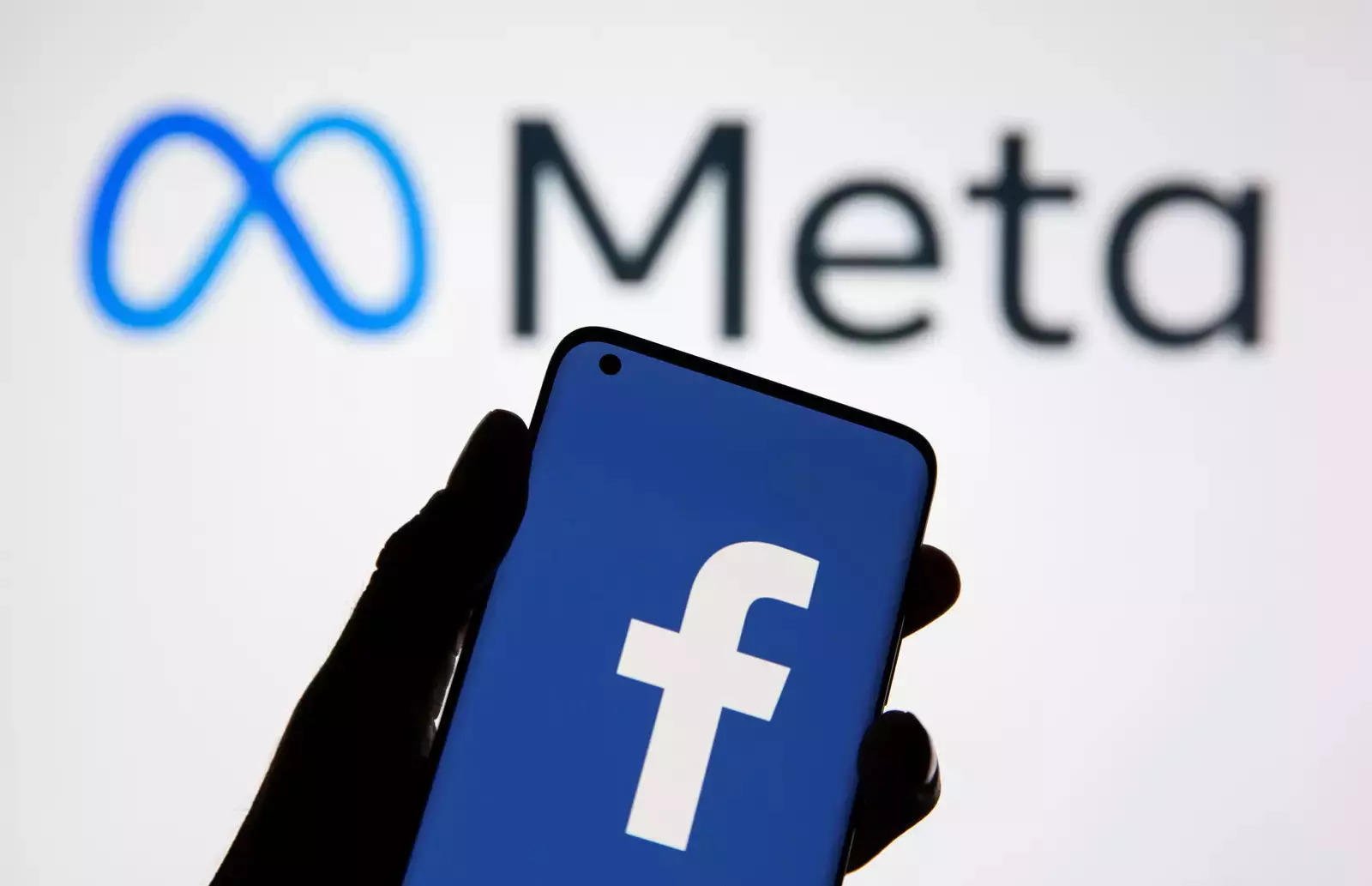Meta, formerly known as Facebook, announced a series of initiatives concerning women’s safety in December, in an attempt to make the digital space safer. This includes the launch of StopNCII.org in India, which according to Meta, intends to fight against the proliferation of Non- Consensual Intimate Images, abbreviated as NCII.
Recently, Meta once again asserted its commitment to women’s safety by emphasising these initiatives that will equip women in India with the required resources to find some semblance of security in an increasingly unkind, unforgiving, and gendered online space. Moreover, the new features are available in several regional languages, including Marathi, thus, making them much more accessible than they have ever been.
Madhu Singh Sirohi, head of Policy Programs and Outreach, Facebook India, says, “The safety and wellbeing of our community on Facebook and Instagram is a priority, and we’re continuously investing in it”. Talking about Meta’s two significant initiatives, the new Women’s Safety Hub and the ‘Safe Stree’ campaign on Instagram, Sirohi adds, “We aim to continue with this effort, through our products, policies and programs”.

The ‘Safe Stree‘ program on Instagram will strive to combat sexism and ensure a safer virtual place for women, in collaboration with young media business Yuvaa and Pink Legal, both forums to learn more about women’s rights and legislation. It offers a training programme for content creators to create more diverse digital environments, as well as a reels series emphasising the safety tools accessible for women on Instagram. The effort is to understand laws that ensure women’s rights, and is aimed at challenging gender stereotypes in the digital space, thereby creating a safer and kinder environment for women.
Viewers can register for live safety training and watch video on-demand safety instructions at the Women’s Safety Hub. It was launched in Marathi along with 11 other Indian languages, ensuring easy accessibility of information to non-English speakers.
According to the National Crime Records Bureau (NCRB), the number of charges filed for distributing sexually explicit material online in India increased by 110 per cent between 2018 and 2020, which approximates to a figure of 3,076 to 6,308 instances. Violence, intimidation, spreading non-consensual pornographic material, unwanted sexual advances, and hate speech against women are all examples of digital abuse
It is not difficult to comprehend that the digital space is as gendered as real life and women and members of marginalised communities are the major recipients of violence. Gender-based abuse on the internet is a worldwide crisis for women’s rights. In 2017, Amnesty International conducted an online survey in eight high-income nations, finding that 23 per cent of women have experienced some type of abuse or intimidation on social networking sites.
In a 2014 research done throughout the European Union, 1 in 10 women said they had been subjected to online gender-based harassment since the age of 15. Women who rely on these digital platforms for sustaining their livelihoods are often silenced and pushed to the peripheries due to cyber bullying.
Online abuse, such as the circulation of intimate pictures non-consensually, affects women’s reputation and morale, resulting in them losing their job and being ostracised in society.
Also read: A Library Of Unsolicited Trauma: Facebook, ‘Dick Pics’ And Childhood Trauma

According to the National Crime Records Bureau (NCRB), the number of charges filed for distributing sexually explicit material online in India increased by 110 per cent between 2018 and 2020, which approximates to a figure of 3,076 to 6,308 instances. Violence, intimidation, spreading non-consensual pornographic material, unwanted sexual advances, and hate speech against women are all examples of digital abuse.
The restrictive community guidelines, data privacy and problematic algorithms of Meta’s platforms have previously been criticised and called out by many users. While Meta’s interest and investment in developing initiatives for lessening the gender divide and eradicating online abuse are noteworthy in theory, their efficacy remains to be seen in practice
Women who experience such harassment are not only restricted in their freedom of expression but also pay immense psychological, societal, and economic costs. These experiences traumatise women to such an extent that they have been found to alter their online activities, self-censor, and minimise their engagements in the digital realm to avoid violence and abuse, as research suggests.
In an article published on LiveWire, Sanchita Dwivedi, a scholar at Tata Institute of Social Sciences, Mumbai, writes about her experience with online abuse, “While I am not particularly proud of it, I have developed a thick skin – which is a rather sad thing to say. But I felt terrible for my friends and the many strangers who were being subjected to hate for simply resonating with my experiences. My DMs were burgeoning with hate messages and threats. A close friend became increasingly worried and advised me to make my Instagram account private. And so I did.”
In India, Meta has partnered with organisations including Social Media Matters, Centre for Social Research, and Red Dot Foundation to assist countless women to oppose and put a stop to the sharing of non-consensual private photographs. Meta’s attention to India regarding the safety of women online is perhaps a much welcome move given the recent increase in cyber abuse against women journalists, women from minority communities, and for that matter, any opinionated woman with an online presence.
It only proves that in India, social media for women reflects their immediate reality, which is nothing less than a breeding ground for communal hatred and misogyny.

The platform had launched many such features like the options to block multiple accounts, limit comments, and even specific words in the past. However, they are not fully effective in curbing gendered abuse.
The restrictive community guidelines, data privacy and problematic algorithms of Meta’s platforms have previously been criticised and called out by many users. While Meta’s interest and investment in developing initiatives for lessening the gender divide and eradicating online abuse are noteworthy in theory, their efficacy remains to be seen in practice.
Also read: Freedom Of Expression Or Medium For Violence?: The Dignity Of Women In Cyber Discourses
Featured Image: The Economic Times
About the author(s)
Poulomi is a Master's scholar from Jamia Millia Islamia, New Delhi, who loves to scribble poetry and write essays just when she can't seem to hold it all in. Her research interests include feminist studies, postcolonial theory, trauma and disability studies. She is very eager to read anything she can get her hands on, when she is not obsessing over spicy food or sleeping





